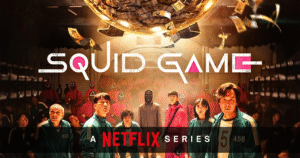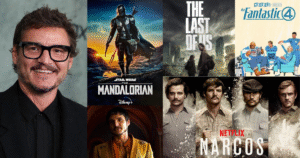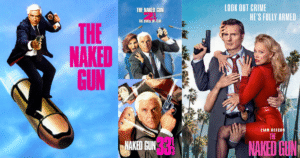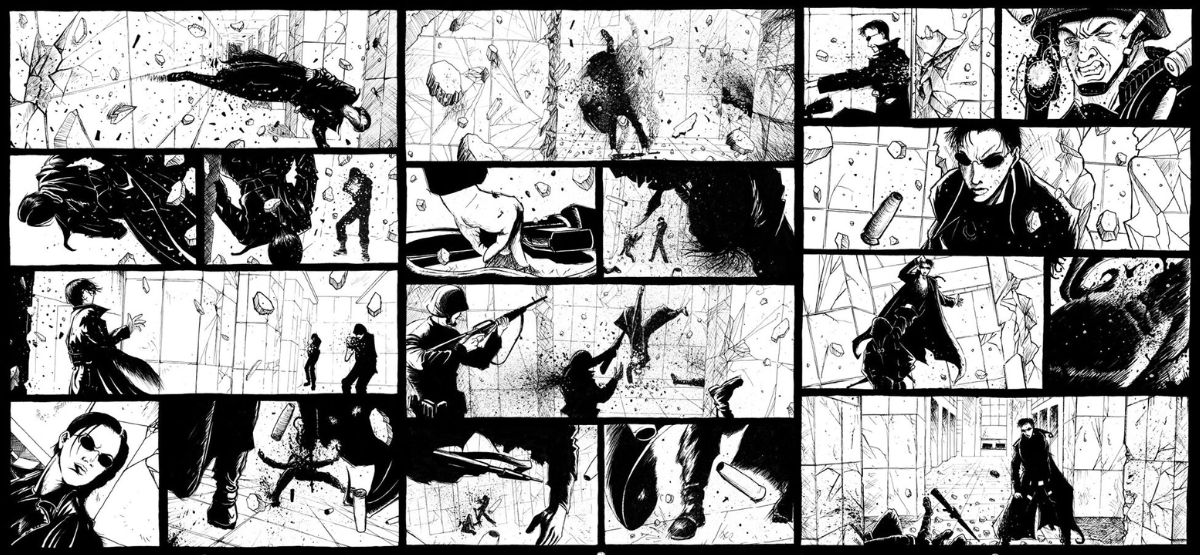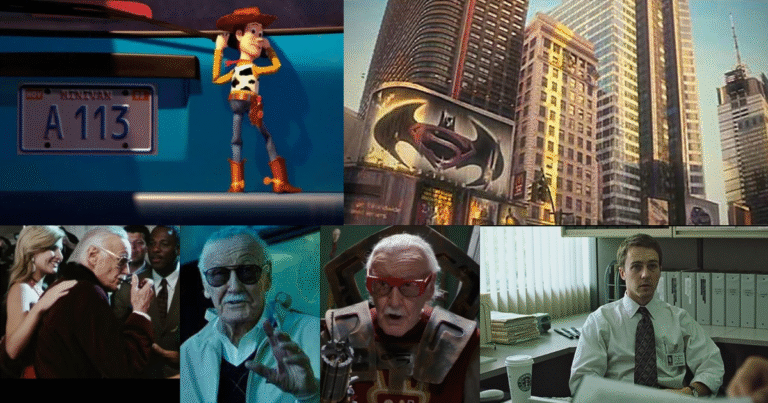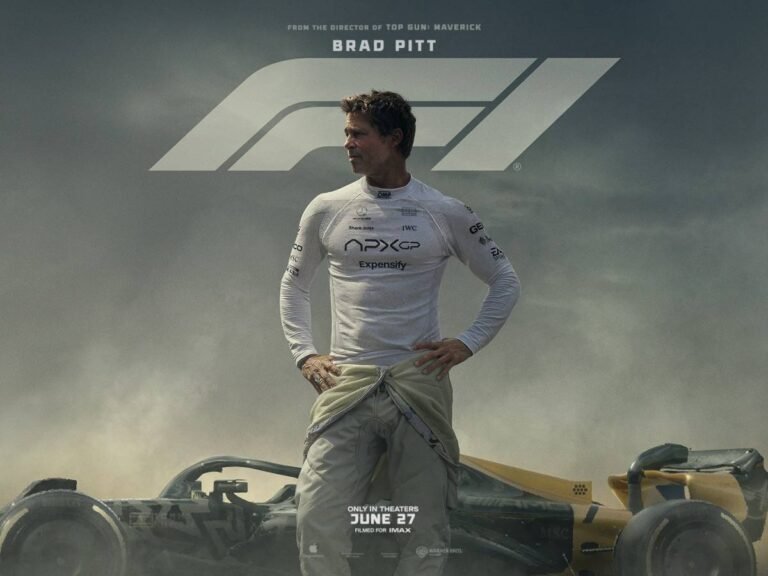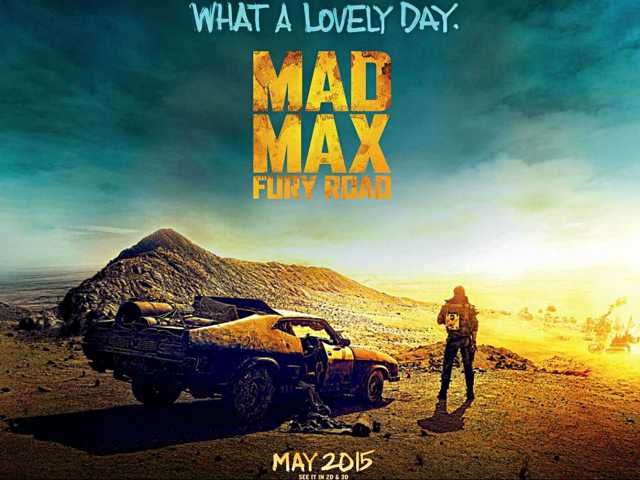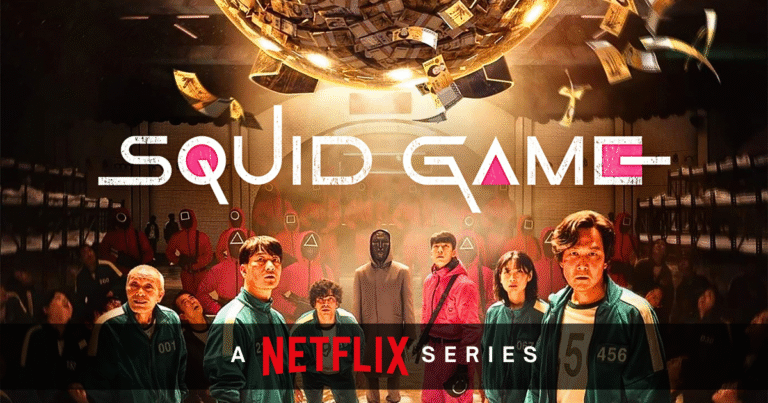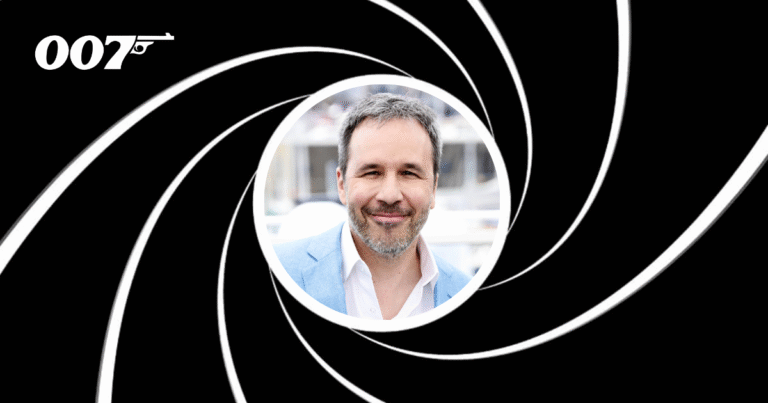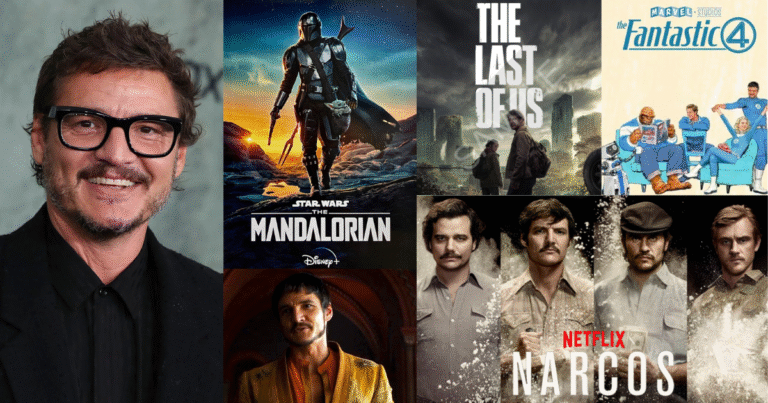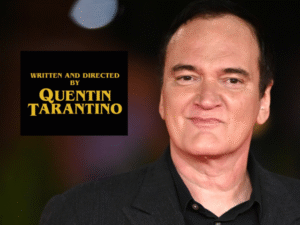Lights, Camera… Blueprint?
Before a single frame is shot or an actor steps on set, there’s a quiet, powerful phase of filmmaking that shapes everything that follows: storyboarding. Often overlooked outside the film industry, storyboards are the visual backbone of a movie, turning words from a script into a series of images that guide the entire production. They’re the unsung heroes that make blockbusters flow seamlessly, action scenes feel coherent, and emotions hit just right.
So, what exactly is a storyboard, and why is it such a big deal in modern filmmaking?
What Is a Storyboard in Film?
A storyboard is essentially a comic book version of your movie. It’s a sequence of illustrations or images that represent how a film will unfold, shot by shot. Think of it as a director’s visual roadmap.
Each panel typically includes:
- A sketch of what the camera will see
- Notes about movement (camera, character, or object)
- Dialogue or sound design cues (if important to the moment)
Whether it’s a stick-figure sketch or a highly polished frame, what matters most is clarity. Storyboards let the director, cinematographer, production designer, and everyone else on set understand the visual flow of a scene.
Why Storyboards Matter
- Planning Saves Time and Money
Film shoots are expensive. From location rentals to lighting setups and talent fees, every wasted minute costs money. Storyboarding helps pre-visualize scenes so filmmakers can plan efficiently, reduce errors, and avoid costly re-shoots. - Communication Made Easy
Storyboards help align the entire crew. A writer might imagine one thing, while a cinematographer envisions something else entirely. With a storyboard, the vision is shared and understood clearly by everyone involved, from costume designers to VFX artists. - Creative Exploration
Sometimes what works on the page doesn’t translate well visually. By sketching out shots, directors can experiment with framing, pacing, and visual rhythm. It’s a safe space to try new ideas without burning through film or digital storage. - Helps Lock Down Complex Scenes
Car chases, fight sequences, or dream montages, these moments are often too complicated to wing on the day. Storyboards help break them into manageable pieces. Action-heavy directors like Steven Spielberg, James Cameron, and the Wachowskis rely heavily on them.
Storyboards vs. Shot Lists
While both tools aid production, they serve different purposes. A shot list is a written breakdown of camera setups and angles. A storyboard is visual. Used together, they provide a complete picture of what needs to be filmed and how.
Evolution of Storyboarding in Film
Walt Disney is often credited with formalizing the storyboard process in the 1930s. Animated features like Snow White and the Seven Dwarfs were storyboarded entirely before animation began. This method soon made its way into live-action filmmaking and became an industry standard.
Today, digital tools like Storyboarder, FrameForge, and even Photoshop allow creators to storyboard without ever touching a pencil. But the intent remains the same: pre-visualize to organize, collaborate, and create efficiently.
Famous Films Where Storyboards Shaped the Vision
- Psycho (1960): Alfred Hitchcock storyboarded the infamous shower scene down to the second. The sharp editing, motion, and tension we feel? All planned.
- The Matrix (1999): The Wachowskis worked with comic book artists to storyboard their vision before pitching it. That bullet-time effect? Born in the panels.
- Mad Max: Fury Road (2015): George Miller storyboarded the entire film before writing the script. Every chase and collision was imagined visually first.
Can You Make a Film Without Storyboards?
Technically, yes. Many documentary filmmakers or indie directors choose to shoot spontaneously, relying on the real-time moment. Some even argue that storyboards limit creative freedom. But for narrative films, especially those involving VFX, stunts, or stylized visuals, skipping storyboarding is a gamble.
Even minimal storyboarding can make a big difference. A simple sketch on a napkin could prevent a major on-set disaster.
Tips for Creating Effective Storyboards
- Keep It Simple – You don’t need to be an artist. Stick figures and arrows can work if they communicate your idea clearly.
- Focus on the Frame – Think like a camera. Where’s the subject? What’s in the background? Is it a close-up or wide shot?
- Mark Movement – Show character or camera movement with arrows or notes.
- Use Reference Images – Don’t hesitate to paste in movie stills or online visuals that capture your desired mood or framing.
- Number Everything – Scenes and shots can get shuffled. Keeping things labeled saves headaches later.
Final Thoughts
Storyboards might not get the same attention as stars or scripts, but they’re foundational to how movies are made. They help directors dream visually, teams collaborate efficiently, and stories unfold in a cinematic way that captivates audiences.
If you’re a budding filmmaker, learning how to storyboard isn’t just helpful, it’s a rite of passage. And even if you’re just a movie lover, understanding how scenes are planned can give you a whole new appreciation for the magic on screen.
